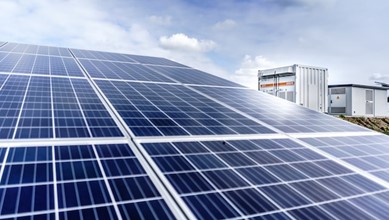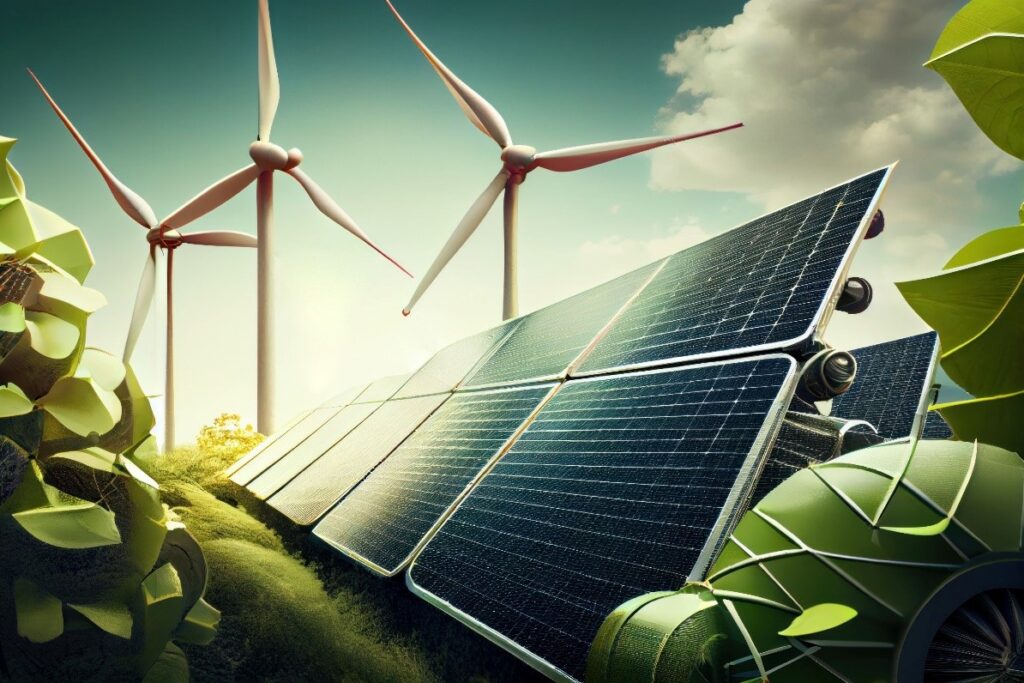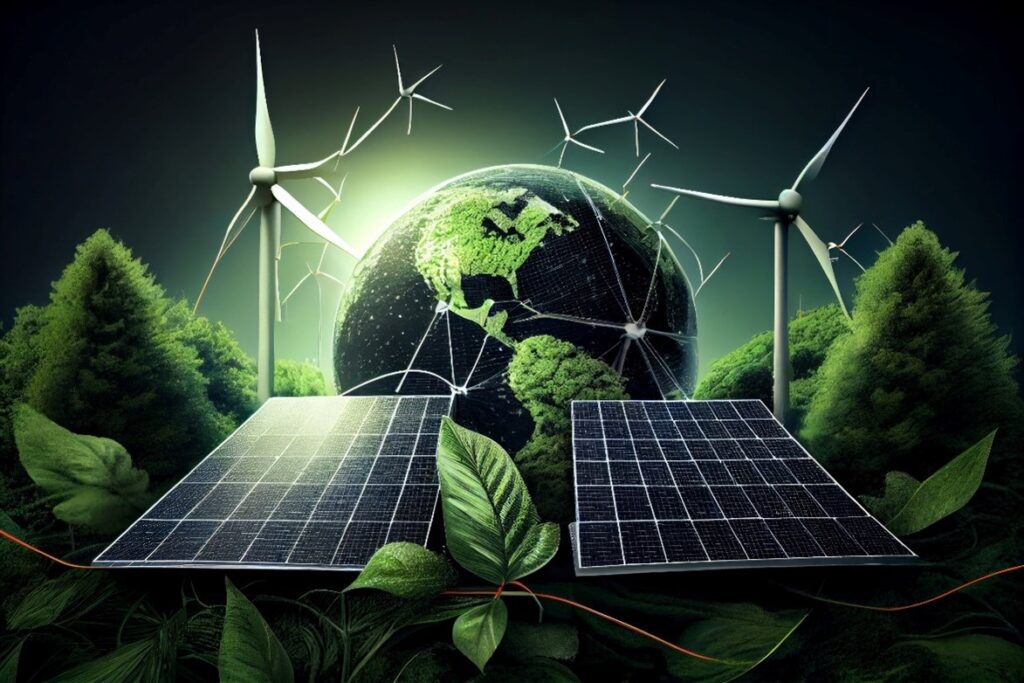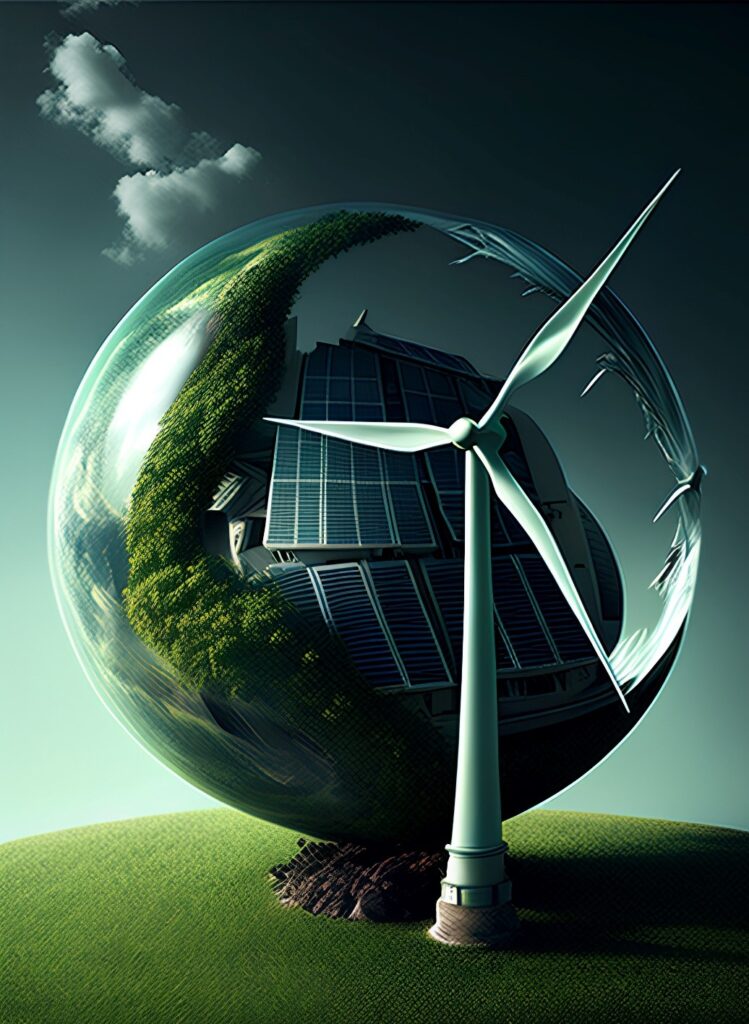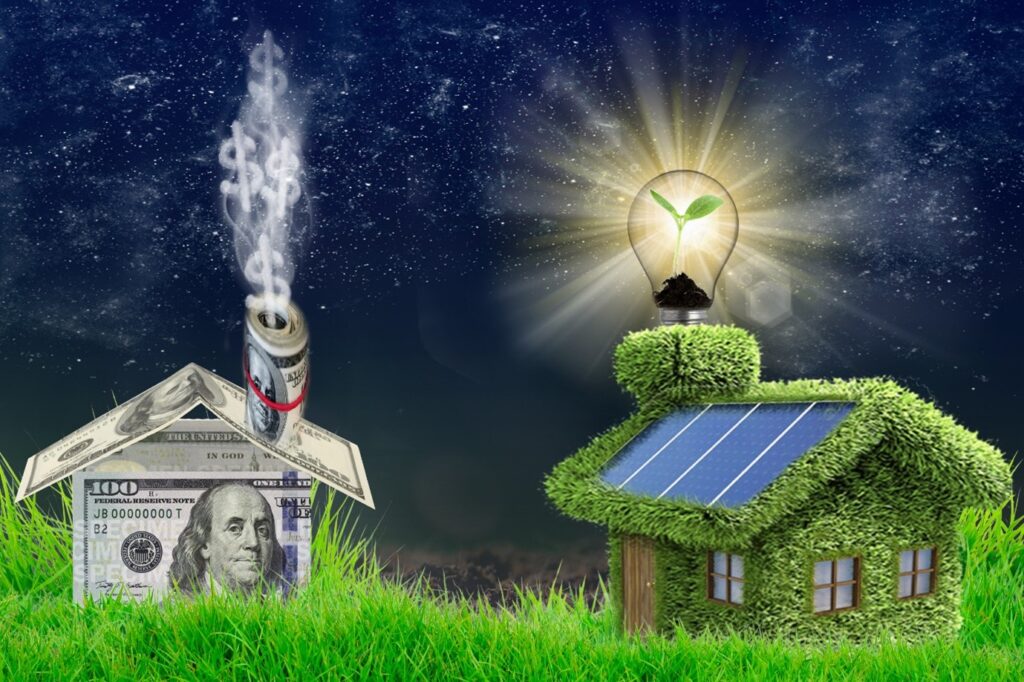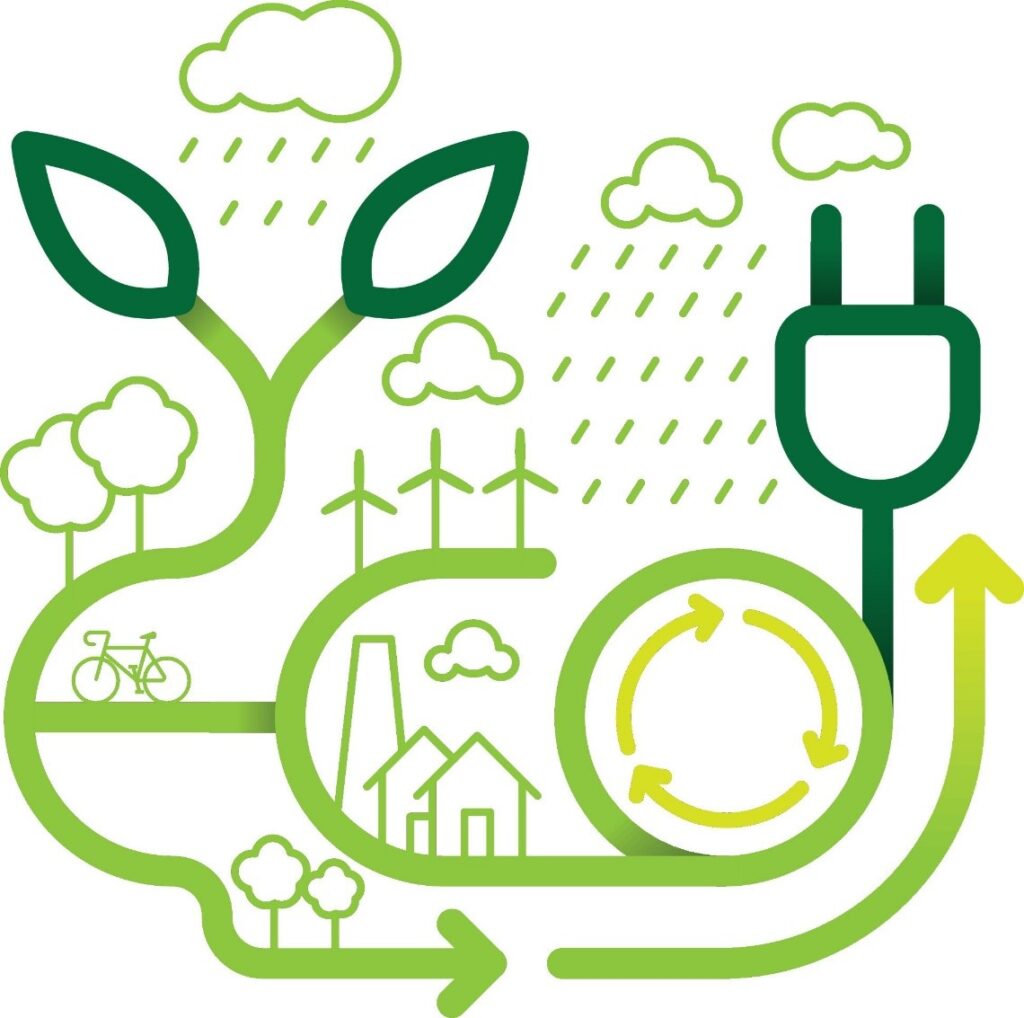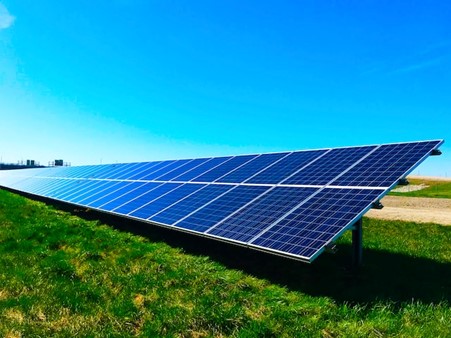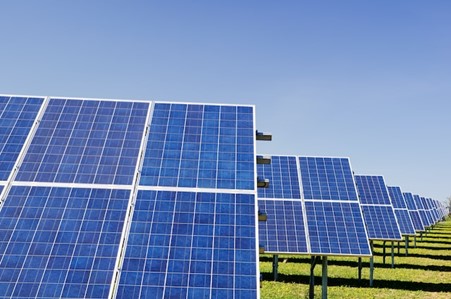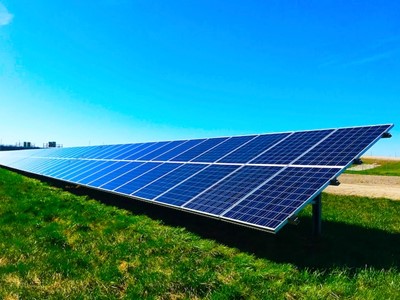
Solar energy is fast becoming one of the major sources of renewable energy. USA Clean Energy Association discusses what the future look like in terms of solar power.
Currently, solar energy in the United States is one of the fastest-growing energy sources, with over 40% of new energy being generated in this way. With the rise of more solar energy farms, improved technology, and more households installing solar panels, this number is likely to quadruple in the next 10 years.
Advances in Technology
The capability of solar energy is likely to increase over the next 30 years thanks to advances in technology in this sector. Focusing on photovoltaics (PV) and further concentrating solar power could result in solar power being responsible for over 45% of the United States’ electricity needs by 2050.
Not only that but as time goes by, the technology used to enhance our production of solar energy is rapidly decreasing in cost, meaning that it is much more accessible and able to be utilized in many more sectors.
More Households with Solar Panels
As this technology becomes more accessible, more and more households are choosing to install solar panels on their roofs, and a lot of new-build properties are incorporating solar power from the get-go.
Although most of the energy produced in the United States is currently from utility companies, this could change as more households decide to take up solar panels. Governments and energy companies around the world are also subsidizing home solar panel installation, removing or reducing the cost for homeowners and making solar power more accessible.
This could lead to more households becoming self-sufficient in terms of their energy needs, reducing household energy bills and reliance on fossil fuels. With more households opting to implement solar panels, these can then be integrated and coordinated with heating and air condition systems, electric vehicle charging, and energy storage.
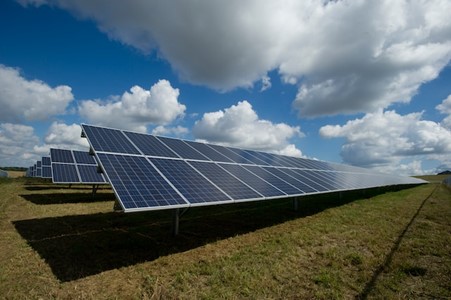
Solar Energy from Space
One of the major limitations currently when it comes to solar power is that it is not a consistent source of energy, especially during lengthy storms and evenings.
Researchers are looking into ways to bypass this by collecting solar power from space using solar reflectors installed on satellites and potentially delivering it down to Earth via a series of antennae.
Not only will this lead to consistent energy generation but could provide more of it. Solar power in space is much stronger than on Earth and could provide up to 40 times as much energy as solar panels based on the ground.
Sunlight as a Liquid Fuel
One of the main stumbling blocks with solar energy is the fact that it cannot be harnessed as a liquid fuel in the same way fossil fuels can. Scientists are currently looking into ways in which they can create liquid solar energy by taking inspiration from plants, which can photosynthesize sunlight into liquid fuel.
This would allow for solar power to be used as gas for cars, and provide another way to store solar energy other than in battery cells, changing the way we use renewable energy sources.


